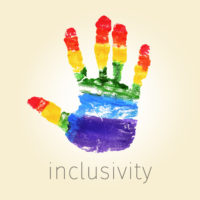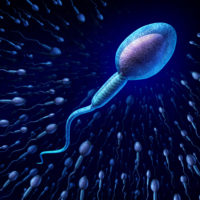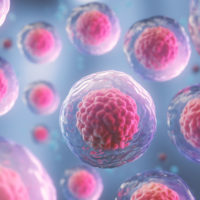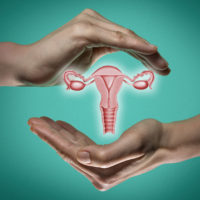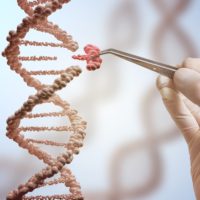The House of Lords has given its backing to new LGBT-inclusive guidance on compulsory relationships and sex education in English schools.
The House of Lords gave approval to new government guidance on relationships and LGBT inclusive sex education late on Wednesday (April 24), a month after the plan passed through the House of Commons by a vote of 538 to 21.
The regulations passed through the Lords without a formal division due to overwhelming support, paving the way for the guidance to come into effect in schools for September 2020.
Education minister Lord Agnew of Oulton said: “There is no reason why teaching children about the diverse society that we live in, and the different types of loving and healthy relationships, cannot be done in a way that respects everybody’s views.
“Schools should ensure that the needs of all pupils are appropriately met and that all pupils understand the importance of equality and respect, in particular respect for difference.
“The new guidance is clear on the teaching about LGBT relationships expected in secondary schools and encouraged in primary while retaining the flexibility for head teachers to respond to the needs of their own schools.”
In a moving speech during the debate, gay Liberal Democrat peer Lord Scriven revealed he contemplated suicide as a teenager due to homophobia, and said he hopes the new LGBT-inclusive guidance helps others like him.
He said: “A lot has been spoken about the theory of relationships education, and people coming to terms with who they are and understanding the modern world.
“I was one of those 15 year olds who looked over the edge and contemplated suicide. Stories about the real world are far more important than theory.”
pinknews.co.uk, by Nick Duffy, April 25, 2019
Click here to read the entire article.
The post House of Lords approves LGBT-inclusive relationships and sex education appeared first on Time For Families.
Source: Time for Families
